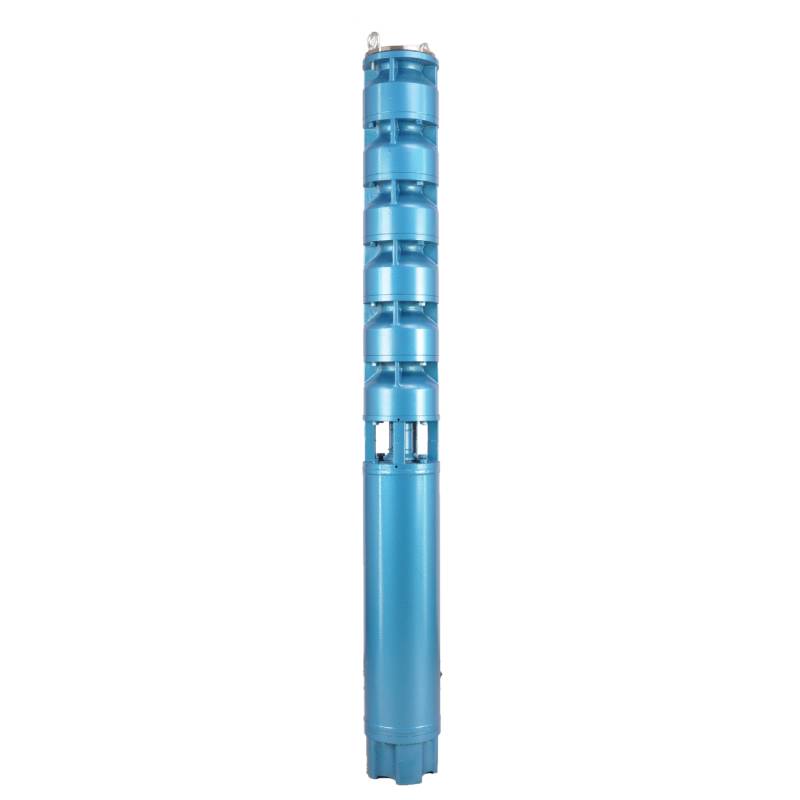Aug . 06, 2024 04:32 Back to list
Exploring the Efficiency and Applications of Submersible Pump Motors in Various Industries
Understanding Submersible Pump Motors
Submersible pump motors play a crucial role in various applications across multiple industries, including agriculture, municipal water supply, and wastewater management. As an essential component of submersible pumps, these motors are designed to operate submerged underwater, pumping fluids from wells or other reservoirs efficiently and effectively. This article will explore the working principles, key features, benefits, and applications of submersible pump motors.
Working Principle
At its core, a submersible pump motor is an electric motor that is sealed and designed to operate in water. Unlike standard pumps, which must be positioned above the water source, submersible pumps are installed underwater, which allows for efficient fluid movement and reduced energy consumption. The motor drives an impeller, which creates the necessary pressure to push the fluid upward through the discharge line.
The operational mechanism involves converting electrical energy into mechanical energy. When electricity flows into the motor, it creates a magnetic field that rotates the motor shaft. Attached to the shaft is the impeller that pulls water into the pump and then pushes it upwards through the piping system.
Key Features
Submersible pump motors have distinct features that differentiate them from surface pump motors
1. Sealing and Protection Submersible motors are hermetically sealed to prevent water ingress, which can cause short circuits and damage. The seals are typically made from high-quality materials that can withstand the pressure of being submerged.
2. Cooling Being submerged in water allows for natural cooling of the motor, unlike surface motors that might rely on airflow for cooling. This feature enables extended operation and enhances the lifespan of the motor.
3. Corrosion Resistance Given that submersible motors operate in often harsh environments, they are commonly constructed from corrosion-resistant materials such as stainless steel or specially coated metals.
Benefits
submersible pump motor

The advantages offered by submersible pump motors are substantial
- Efficiency Submersible motors generally operate at higher efficiency levels compared to their surface counterparts, leading to lower energy consumption and operational costs.
- Space-Saving Design As these motors are installed underwater, they eliminate the need for overhead pumping equipment, conserving space and reducing installation costs.
- Consistent Performance Submersible motors deliver consistent and reliable performance, regardless of water level fluctuations. This reliability is vital for agricultural irrigation and municipal water supply systems.
Applications
Submersible pump motors are utilized in a wide range of applications, such as
1. Water Supply They are commonly used in municipal water systems to transport groundwater from wells to treatment facilities.
2. Agricultural Irrigation Farmers use submersible pumps to pull water from underground aquifers for irrigation, ensuring crops receive necessary hydration.
3. Wastewater Management These motors are integral in sewage systems, where they assist in moving wastewater to treatment plants.
4. Fountains and Ponds In landscaping, submersible pumps are used to power fountains and maintain water circulation in ponds.
In conclusion, submersible pump motors are vital components in various sectors, providing efficient, reliable, and effective fluid management solutions. Their unique design and operational benefits make them preferable for tasks requiring underwater pumping, ensuring they remain indispensable in modern infrastructure and agriculture. As technology progresses, the evolution of submersible pump motors will continue to enhance their performance, sustainability, and adaptability to meet the growing needs of various industries.
-
Submersible Water Pump: The Efficient 'Power Pioneer' of the Underwater World
NewsJul.01,2025
-
Submersible Pond Pump: The Hidden Guardian of Water Landscape Ecology
NewsJul.01,2025
-
Stainless Well Pump: A Reliable and Durable Pumping Main Force
NewsJul.01,2025
-
Stainless Steel Submersible Pump: An Efficient and Versatile Tool for Underwater Operations
NewsJul.01,2025
-
Deep Well Submersible Pump: An Efficient 'Sucker' of Groundwater Sources
NewsJul.01,2025
-
Deep Water Well Pump: An Efficient 'Sucker' of Groundwater Sources
NewsJul.01,2025
-
 Submersible Water Pump: The Efficient 'Power Pioneer' of the Underwater WorldIn the field of hydraulic equipment, the Submersible Water Pump has become the core equipment for underwater operations and water resource transportation due to its unique design and excellent performance.Detail
Submersible Water Pump: The Efficient 'Power Pioneer' of the Underwater WorldIn the field of hydraulic equipment, the Submersible Water Pump has become the core equipment for underwater operations and water resource transportation due to its unique design and excellent performance.Detail -
 Submersible Pond Pump: The Hidden Guardian of Water Landscape EcologyIn courtyard landscapes, ecological ponds, and even small-scale water conservancy projects, there is a silent yet indispensable equipment - the Submersible Pond Pump.Detail
Submersible Pond Pump: The Hidden Guardian of Water Landscape EcologyIn courtyard landscapes, ecological ponds, and even small-scale water conservancy projects, there is a silent yet indispensable equipment - the Submersible Pond Pump.Detail -
 Stainless Well Pump: A Reliable and Durable Pumping Main ForceIn the field of water resource transportation, Stainless Well Pump has become the core equipment for various pumping scenarios with its excellent performance and reliable quality.Detail
Stainless Well Pump: A Reliable and Durable Pumping Main ForceIn the field of water resource transportation, Stainless Well Pump has become the core equipment for various pumping scenarios with its excellent performance and reliable quality.Detail
